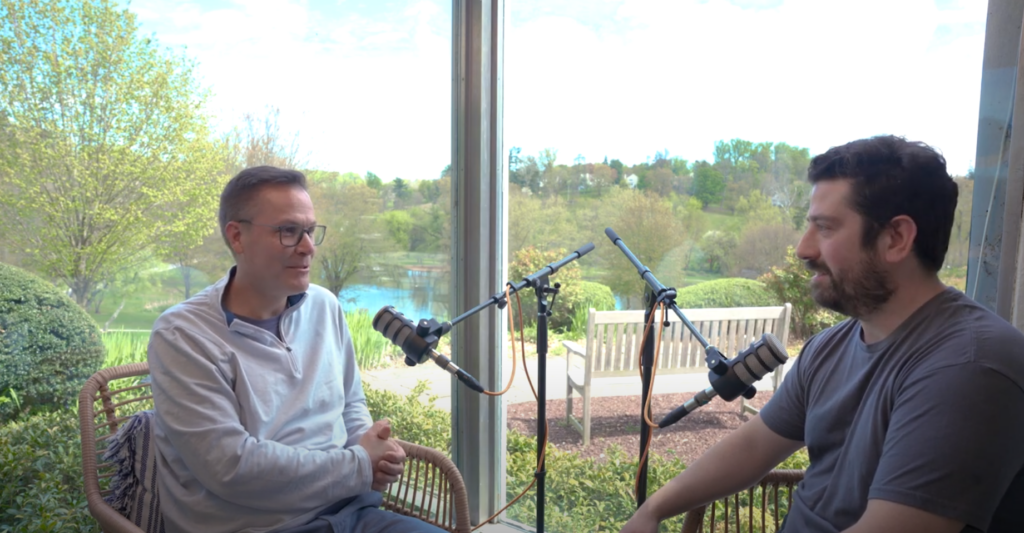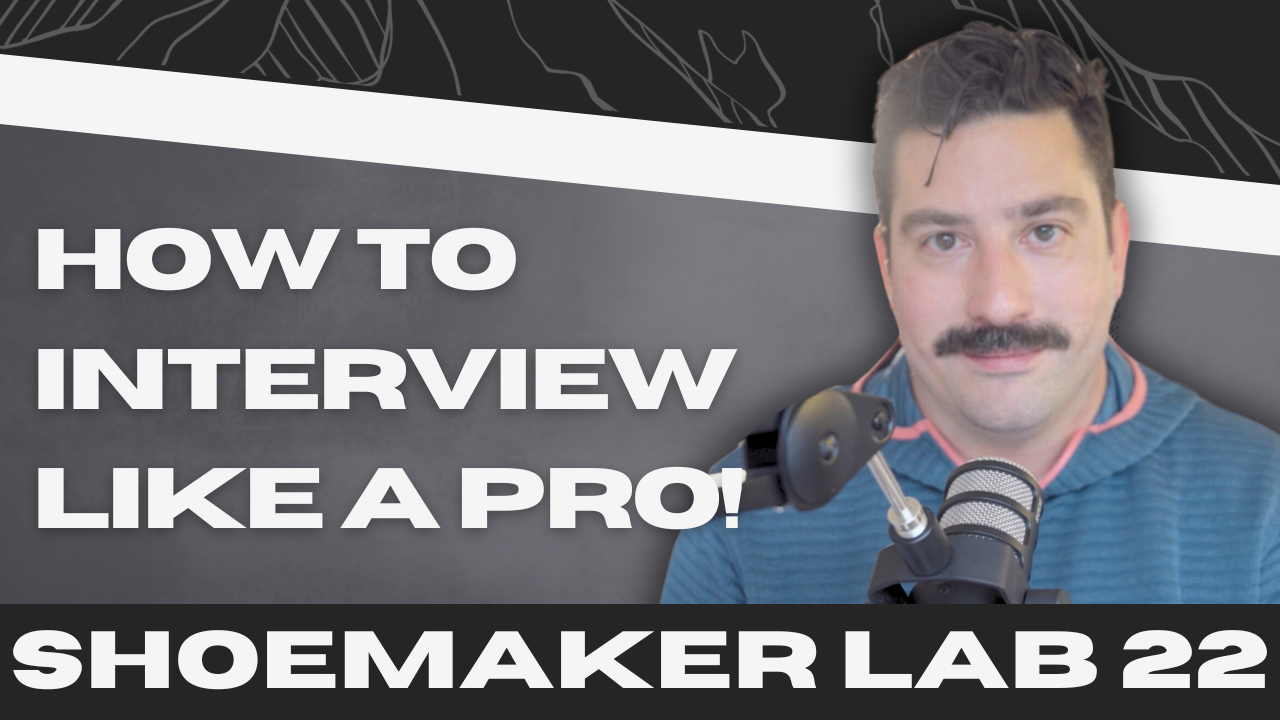In the world of video production, whether you’re working on a documentary, a brand story, or any other type of project, the interview is a critical component. The way you conduct an interview can make or break the narrative you’re trying to create. At Shoemaker Films, we’ve spent years honing our interviewing techniques to capture the most compelling and authentic stories. Today, we’re sharing some of our top tips for mastering the art of interviewing in video production.
Start with a Clear Goal
Before you even turn on the camera, it’s essential to have a clear goal in mind. Ask yourself: Who are you interviewing, and why is their story important? What do you want to achieve with this interview? Knowing the answers to these questions will guide your approach, helping you craft questions that are focused and relevant.
A well-defined goal also helps in shaping the overall narrative of your project. It keeps you on track during the interview and ensures that you capture the content you need to tell a compelling story. Remember, the interview is not just about gathering information—it’s about capturing the essence of your subject’s experience, thoughts, and emotions.
Conduct a Pre-Interview
One of the most effective ways to prepare for an interview is to conduct a pre-interview. This doesn’t have to be formal; it can be as simple as a casual conversation over the phone or via email. The purpose of the pre-interview is to get a sense of the interviewee’s personality, their role, and the key points of their story.
During this pre-interview, you can gauge how comfortable they are speaking on camera and identify any potential topics or areas that might need further exploration during the actual interview. This preparation allows you to tailor your questions more effectively and helps put your interviewee at ease when it’s time for the real thing.

Make the Interviewee Comfortable
An interview can be an intimidating experience, especially for someone who isn’t used to being in front of a camera. Your job is to make them feel as comfortable as possible. Start by introducing them to the crew, showing them the equipment, and explaining the process. A little light conversation before the interview begins can also help ease any nerves.
Creating a relaxed atmosphere is key to getting natural, authentic responses. If your interviewee feels at ease, they are more likely to open up and share their story in a way that resonates with your audience. Remember, the more comfortable they are, the more genuine and engaging the interview will be.
Ask Thoughtful Questions
The quality of your interview largely depends on the questions you ask. Start with open-ended questions to get the conversation going. These questions should encourage your interviewee to share more than just yes or no answers. For example, instead of asking, “Do you enjoy working here?” you might ask, “What do you enjoy most about working here?” This invites a more detailed response and gives you richer content to work with.
As the interview progresses, don’t be afraid to ask follow-up questions. Probing deeper into certain topics can uncover valuable insights that might not have been revealed with just the initial question. And remember, your questions should flow naturally from the conversation, rather than being rigidly structured.
Practice Active Listening
Active listening is a critical skill in conducting a successful interview. It’s not enough to just ask questions; you need to listen to the answers and engage with them. Show genuine interest in what your interviewee is saying by nodding, smiling, and acknowledging their responses. This not only makes them feel valued but also encourages them to share more.
Engage with their answers by asking clarifying questions or summarizing what they’ve said to ensure you’ve understood them correctly. For example, “It sounds like your experience with this project was challenging but ultimately rewarding—can you tell me more about that?” This type of interaction turns the interview into a conversation, rather than just a Q&A session.

Keep the Camera Rolling
One of the best-kept secrets in video production is to keep the camera rolling before and after the official interview. Some of the most genuine and spontaneous moments happen when the interviewee thinks the interview is over. These candid moments can add depth and authenticity to your story.
Often, once the pressure of the “official” interview is lifted, people become more relaxed and open, sharing thoughts and anecdotes they might have held back earlier. By continuing to record, you give yourself the opportunity to capture these unguarded moments that can make your video more relatable and engaging.
Don’t Be Afraid of Silence
Silence can be uncomfortable, but it’s also a powerful tool in an interview. If your interviewee gives a brief answer, resist the urge to immediately jump in with another question. Instead, give them a moment of silence. Often, they will feel compelled to fill the gap by elaborating on their previous answer, offering more depth and insight.
This tactic, sometimes referred to as “dead air chicken,” can lead to some of the most meaningful and revealing parts of the interview. Just be careful not to overuse it—your goal is to encourage, not to make your interviewee feel pressured or uncomfortable.
Engage in a Genuine Conversation
While it’s important to cover your planned questions, the best interviews often happen when you let go of the script and allow the conversation to flow naturally. Treat the interview like a conversation between two human beings. This approach helps your interviewee feel more at ease and opens the door to more authentic, unscripted responses.
Acknowledge their answers, share your own thoughts when appropriate, and let the conversation evolve organically. This not only creates a more comfortable environment but also leads to a richer, more engaging interview.

Summarize and Conclude
Once the interview is wrapping up, take a moment to summarize the key points you’ve discussed. This helps to reinforce the main themes of the interview and gives your interviewee a chance to clarify or add anything they feel is important.
Finally, don’t forget to thank your interviewee for their time and contributions. Their willingness to share their story is what makes your video possible, so expressing your appreciation is not only courteous but also helps to maintain a positive relationship for any future collaborations.
Nail your next interview
Mastering the art of interviewing in video production is about more than just asking questions—it’s about creating an environment where your interviewee feels comfortable and valued, allowing them to share their story in the most authentic way possible. By following these tips, you can conduct interviews that are not only informative but also deeply engaging and impactful.
If you’re interested in learning more about our approach to video production or want to collaborate on a project, feel free to get in touch with us at Shoemaker Films. And don’t forget to subscribe to our YouTube channel for more tips and insights!
